#ANCIENT INDIA
Text

Sacred Light Arrow 💫
#princess zelda#Zelda#legend of zelda#ocarina of time#twilight princess#loz twilight princess#loz#south asian fashion#ancient india#purple sari#triforce#rajkumari#Anumation Zelda AU#indian jewelry#visdev#zelda reimagined
4K notes
·
View notes
Text
About Vedic Scriptures

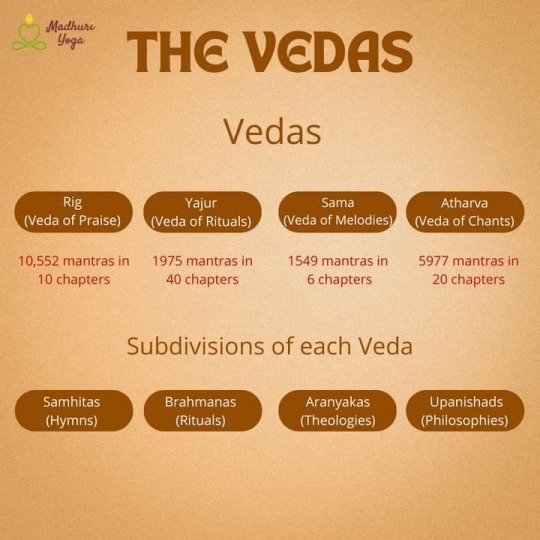

#vedic literature#hinduism#hindublr#sanatan dharma#ancient india#vedic culture#mantra#bharat#ancient indian history#puranas#sanskrit#languages#krishna#dharma#karma#hindu culture
203 notes
·
View notes
Text


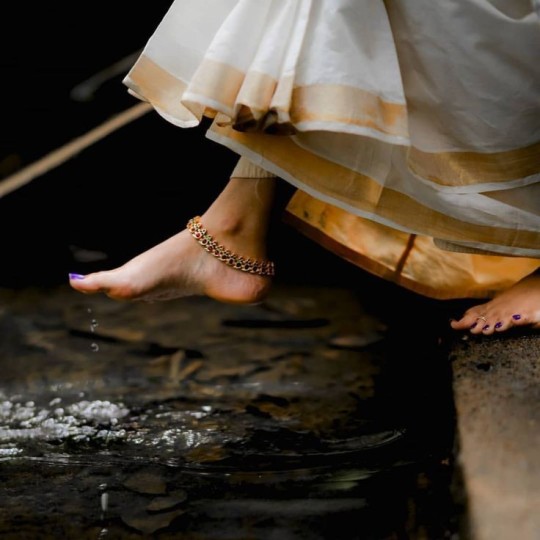
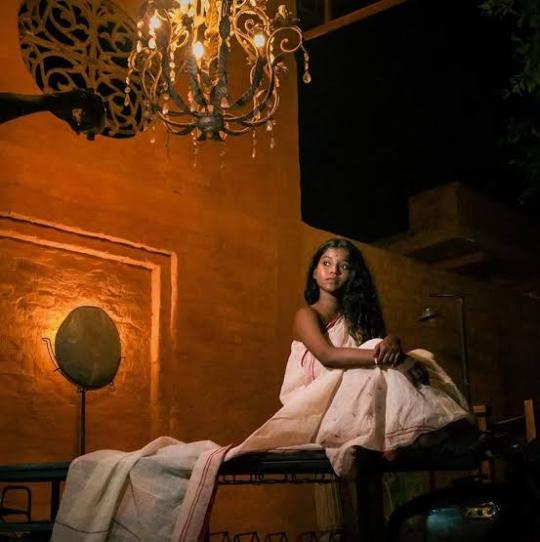

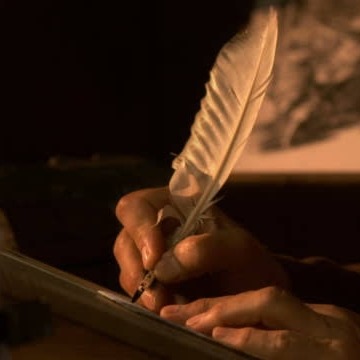

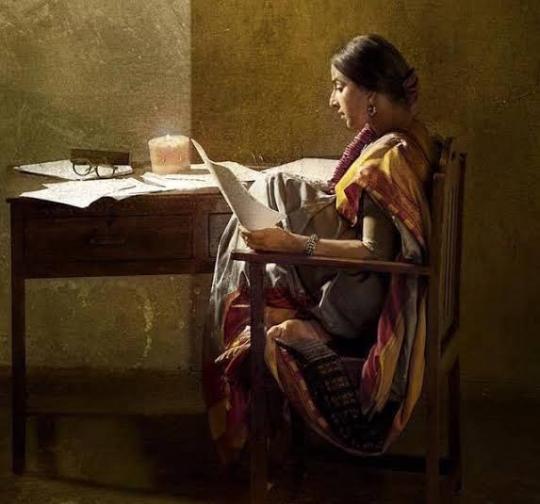
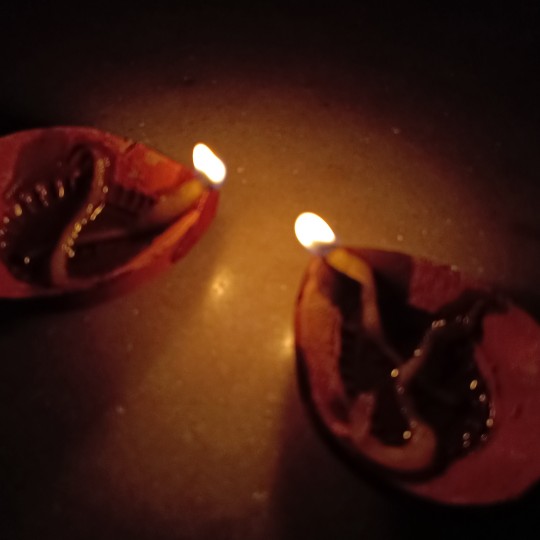
Khona was a poet and astronomer from Deulia village in Bengal, best known for Khonar Bochon, a series of couplets and short rhymes which imparts advice regarding agricultural and rural life. Born somewhere between 800-1200 A.D., Khona defied social and cultural norms of her time when women were rarely taught to read. Her husband Mihir was the son of the philosopher and astronomer Barahmihir, who was one of the navaratnas (nine gems) at the court of Chandragupta II. Khona lived in Chandragupta's court in Pataliputra for a time with her husband and father-in-law. According to legend, Chandragupta was so impressed with Khonar Bochon which benefited the farmers of his state that he named Khona the tenth gem of his court. Khonar Bochon remains relevant to the agricultural life of rural Bengal to the present day.
ষোল চাষে মূলা / তার অর্ধেক তুলা / তার অর্ধেক ধান / বিনা চাষে পান।
Translation: After 16 days of cultivation, radish cultivation in that land gives good yield. Cotton land requires 8 days of cultivation, paddy land after 4 days of cultivation gives good yield. Betel does not require cultivation.
1 / 2 / 3 / 4 / 5 / 6 / 7 / 8 / 9
#mb#khona#khonar bochon#khana#bengali academia#bangla tag#bangladesh#india#desi academia#dark academia#desi aesthetic#desi tag#desi tumblr#desiblr#bengali#indian history#ancient india#khonar bochor for anon#bengali literature
365 notes
·
View notes
Text

Ivory comb, India, 200 BC - 100 AD
from The Cleveland Museum of Art
296 notes
·
View notes
Text

Heracles and the Buddha
This is based on the fascinating fusion of cultures after Alexander the Great invaded India, otherwise known as Indo-Greek or Greco-Buddhism.
In Gandharan sculpture, Heracles is depicted alongside the Buddha as Vajrapani, the Buddha's protector. The pairing of two figures so iconic in their mythologies seemed perfect material for art.
The Buddha would help Heracles with anger management, while Heracles would help with clobbering evildoers. Business as usual.
#heracles#hercules#herakles#buddha#buddhism#zen#dharma#ancient greece#ancient india#indo-greek#vajrapani#greek mythology#greek myth art#classical mythology#the buddha#tagamemnon#art#illustration#mythology#buddhist#alexander the great#ancient history
95 notes
·
View notes
Text
also it seems like casual chappals were always thing with us (1st BCE)

#ancient india#interesting that they dressed up so much and just decided to put on chappal with that#history
119 notes
·
View notes
Text
By the way, anybody who calls Buddhism a "pagan religion" owes me $1,000 and a kidney immediately.
156 notes
·
View notes
Photo
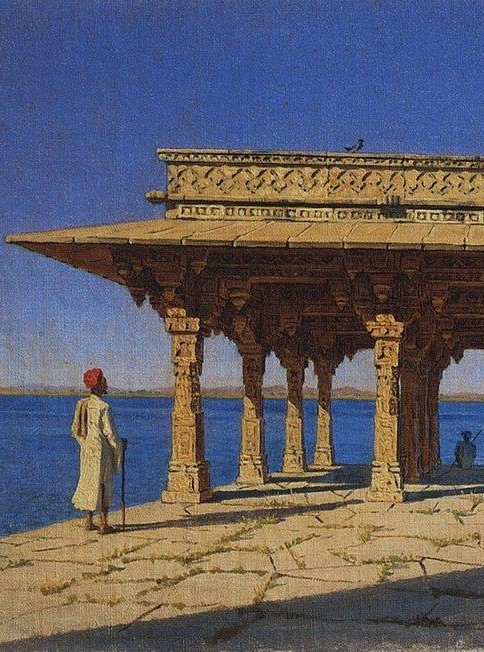
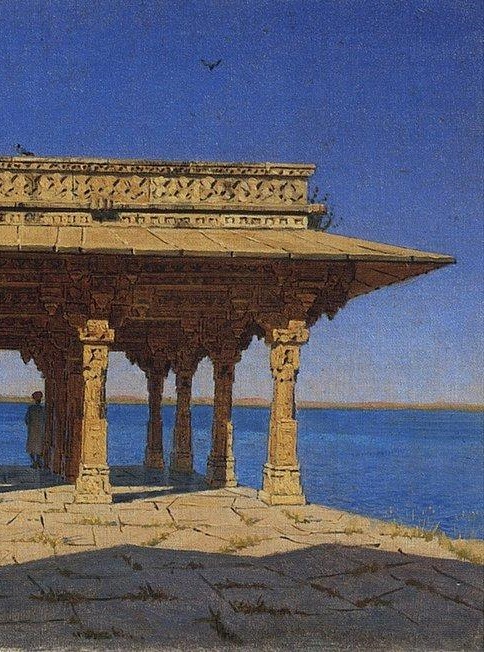
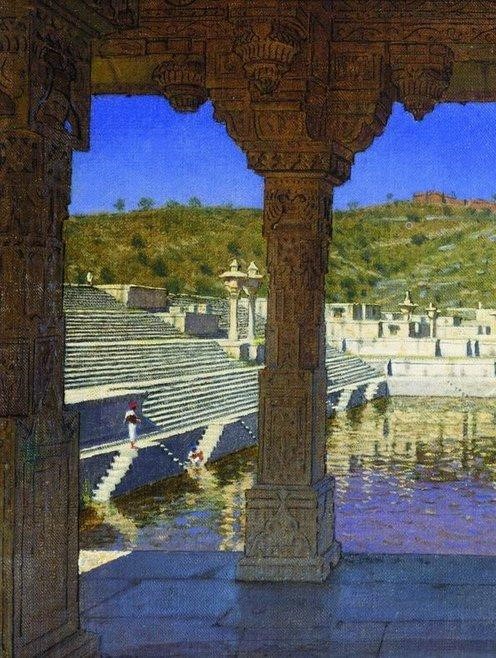
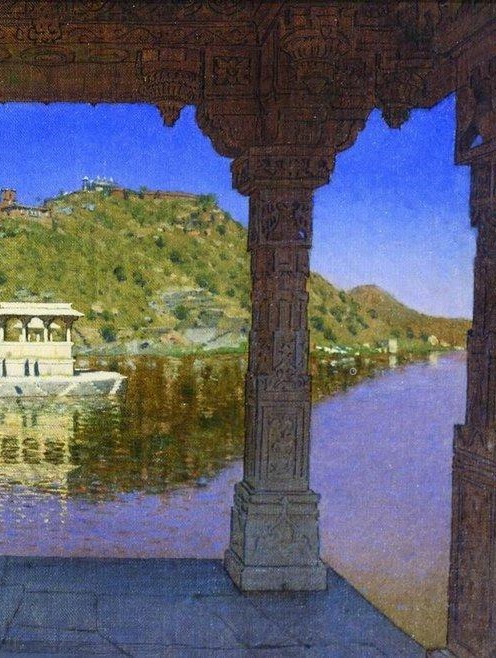
Vasily Vereshchagin | Evening on the lake. One of the pavilions on the marble promenade in Radzhnagar, 1874 | Radzhnagar. Marble, adorned with bas-reliefs quay on the lake in Udaipur, 1874 |
#Vasily Vereshchagin#painting#oil painting#art#19th century art#19th century#art history#realism#orientalism#cityscape#ancient#architecture#temple#greek temple#landscape#India#ancient india
448 notes
·
View notes
Text

The Pompeii yakshi, an ivory statuette uncovered from the Roman ruins of Pompeii which originated from India.
Currently housed at the Naples National Archaeological Museum
780 notes
·
View notes
Text

“Goddess of Wisdom, I come seeking help…”
#loz fanart#loz#twilight princess#loz twilight princess#zelda fan art#princess zelda#breath of the wild#tears of the kingdom#costume design#visdev#visual development#zelda reimagined#triforce#sari#indian fashion#ancient india#zelda au#Anumation Zelda AU#nayru#legend of zelda
1K notes
·
View notes
Text
Alexander: I will crush every kingdom in India and kill the kings, and most importantly kiss Porus.
Hephaestion: Hmm..?
Alexander: KILL PORUS-
#macedonian sillys#greek history#ancient greek history#indian history#ancient indian history#ancient greece#ancient india#alexander of macedon#alexander the great#porus#hephaestion
70 notes
·
View notes
Text
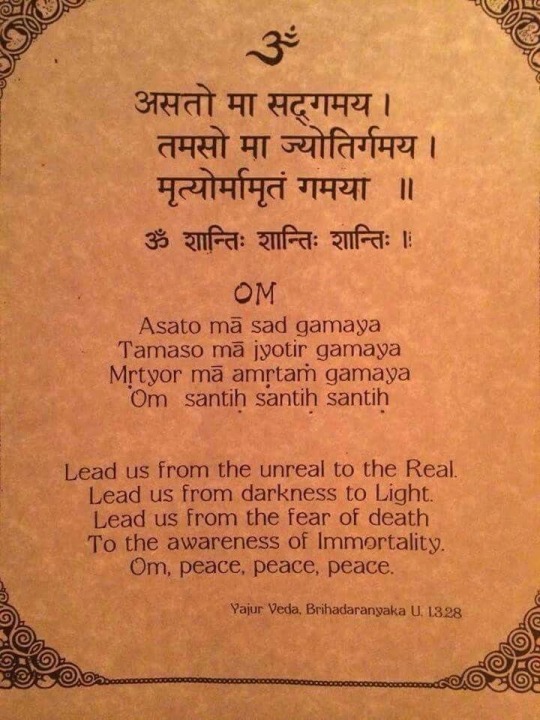
Yajur Ved
#sanskrit mantra#hindublr#hinduism#sanatan dharma#bharat#india#yajur veda#meditation#spirituality#spiritual awakening#desiblr#ancient india#prayer#hindu culture#hindutva
120 notes
·
View notes
Text


An attempt was made to see how this IVC priest king would really look like irl :)
#historical art#ancient civilizations#indus valley#indus valley civilization#harappan civilization#history art#ancient history#ancient india#history#desiblr#desi tumblr#desi tag#desiposting#ancient city#ancient cultures#ancient
21 notes
·
View notes
Photo

Battle of the Hydaspes. Alexander the Great (2021)
#alexander the great#alexander of macedon#hephaestion#hephaistion#bucephalus#battleofhydaspes#marysmirages#horse#elephant#ancient greek history#ancient india#art#painting#drawing#illustration
435 notes
·
View notes
Text
Oh, to be the eldest princess in an ancient Indian kingdom
134 notes
·
View notes
Text
Chakras - What they really are

(I managed to salvage this post written by @rue-cimon from an old deactivated account. I copied it down here because this was too good a post to lose.)
Chakra literally means "wheel" or "circle" in Sanskrit. The concept of chakras originates from Hinduism in ancient India. These are focal points used in a variety of ancient meditation or yoga practices. These practices are collectively called "tantra".
Although the concept is frequently found in early traditions of Hinduism and are often mentioned in the Vedas, beliefs around chakras differ between various Indian religions. Buddhist texts consistently mention 5 chakras, whereas Hindu texts and sources speak of 6 or 7 chakras.
Early Sanskrit texts speak of them both as meditative visualizations combining flowers and mantras and as physical entities in the body. Within kundalini yoga, various breath exercises, visualizations, mudras, kriyas, and mantras are focused on manipulating the flow of subtle energy through chakras.
Chakras are also present in Ayurvedic traditions.
The belief behind chakras is that human life simultaneously exists in two parallel dimensions, one is the physical body and the other is psychological, emotional, mind, non physical (the subtle body).
The aforementioned subtle body is energy, while the physical body is mass. The psyche or mind plane corresponds to and interacts with the body plane, and the belief holds that the body and the mind mutually affect each other. The subtle body consists of energy channels connected by nodes of psychic energy called chakras.
The chakras - in Hindu and Buddhist texts - are said to be arranged in a column along the spinal cord, from its base to the top of the head, connected by vertical channels. Tantric traditions strive to awaken, master, and energize these chakras through yoga and often with the help of a teacher.
The esoteric traditions in Buddhism generally teach four chakras. In some early Buddhist sources, these chakras are termed as manipura (navel), anahata (heart), vishuddha (throat), and ushnisha kamala (crown). However, a system of five chakras is common among classes of tantra in Tibetan Buddhism. These five chakras are basal, abdominal, heart, throat, and crown, and each chakra corresponds with an element, a Buddha, and a bija mantra.
The more common and most studied chakra system incorporates six major chakras along with a seventh center generally not regarded as a chakra.
The chakras are traditionally considered meditation aids. The yogi starts from lower chakras and progresses to the highest chakra located in the crown of the head, in the journey of spiritual ascent.
In the Hindu kundalini and Buddhist candali traditions, the chakras are pierced by a dormant energy residing near or in the lowest chakra. in Hindu texts she is known as Kundalini, while in Buddhist texts she is called Candali or Tummo.
Some terms and definitions:
Tantra: Esoteric traditions in Hinduism and Buddhism that developed in India mainly during the middle of the 1st millennium CE. The term tantra, in the Indian traditions, also means text, theory, system, method, instrument, technique, or practice. A key feature of these traditions is the use of mantras.
Kundalini yoga: A type of yoga focused on channeling energy through the chakras.
Mudra: A symbolic or ritual gesture or pose in Hinduism, Jainism, and Buddhism. Mudras have meaning in many forms of Indian dance and yoga. In hatha yoga, mudras are used in conjunction with pranayama (yogic breathing exercises), generally while in a seated posture, to stimulate different parts of the body involved with breathing and to affect the flow of prana and is associated with consciousness in the body. Mudras are also used in tantric practices.
Kriya: Practice within a yoga discipline meant to achieve a specific result. The Yoga Sutra of Patanjali defines three types of kriya, namely asceticism, study, and devotion. Such yoga is called kriya yoga. Kriya is a Sanskrit word that literally means "to do" or "to work".
Mantra: A sacred utterance, a sound, a syllable, word, or phonemes, or group of words in Sanskrit, Pali, and other languages. They hold spiritual and religious significance. At its simplest, the word "om" serves as a mantra. It is believed to be the first sound which was originated on earth. It creates a reverberation in the body which helps the body and mind to be calm. In more sophisticated forms, mantras are melodic phrases with spiritual interpretations such as a human longing for truth, reality, light, immortality, peace, love, knowledge, and action. Not all mantras have literal meanings but rather are simply uplifting.
Ayurveda: An alternative medicine system with historical roots in ancient India.
#chakras#hinduism#buddhism#witches of color#asian religions#eastern spirituality#ancient india#asian witches#buddhist witches
268 notes
·
View notes